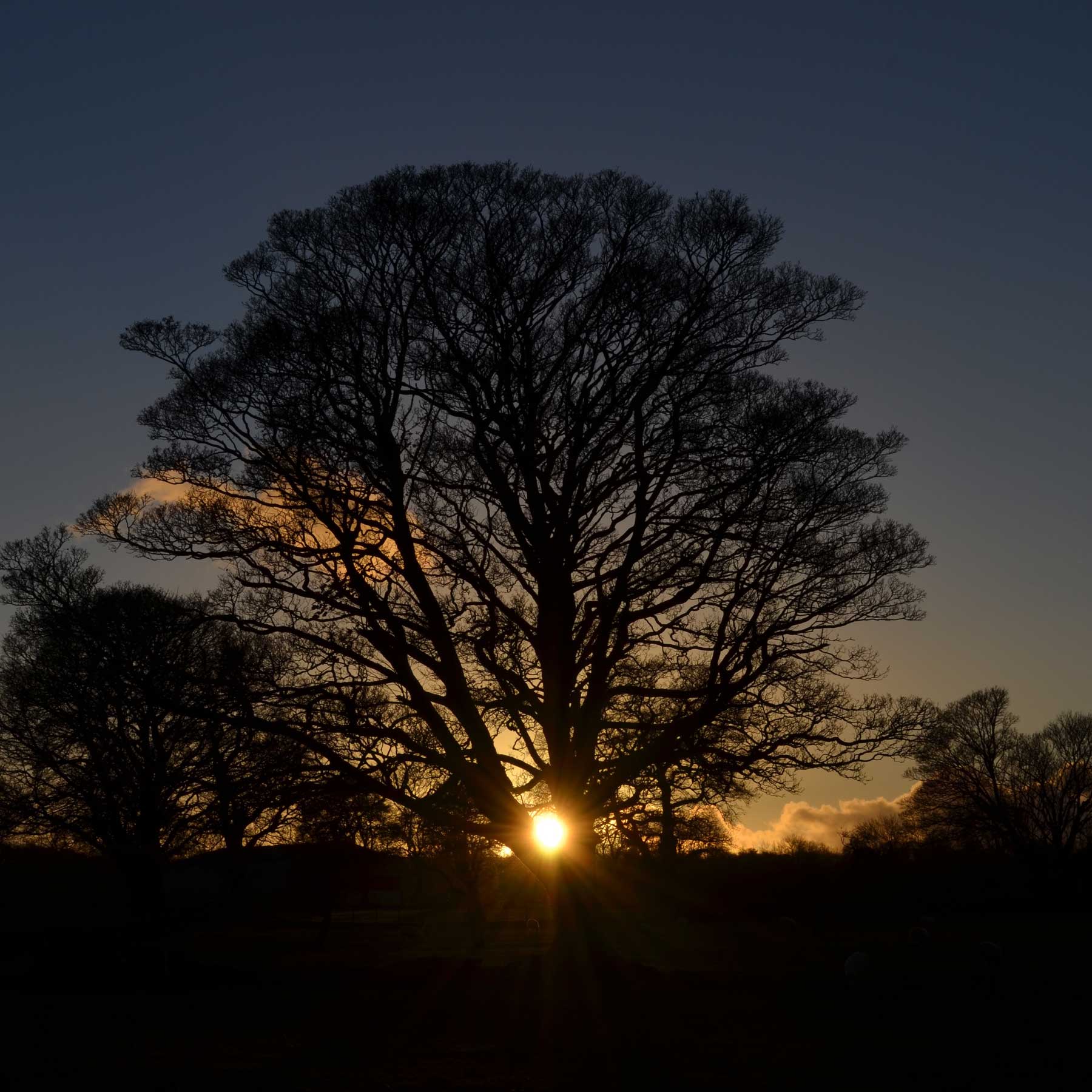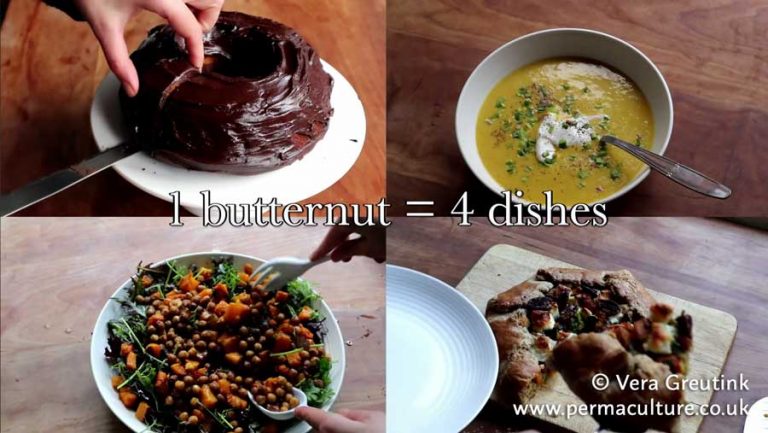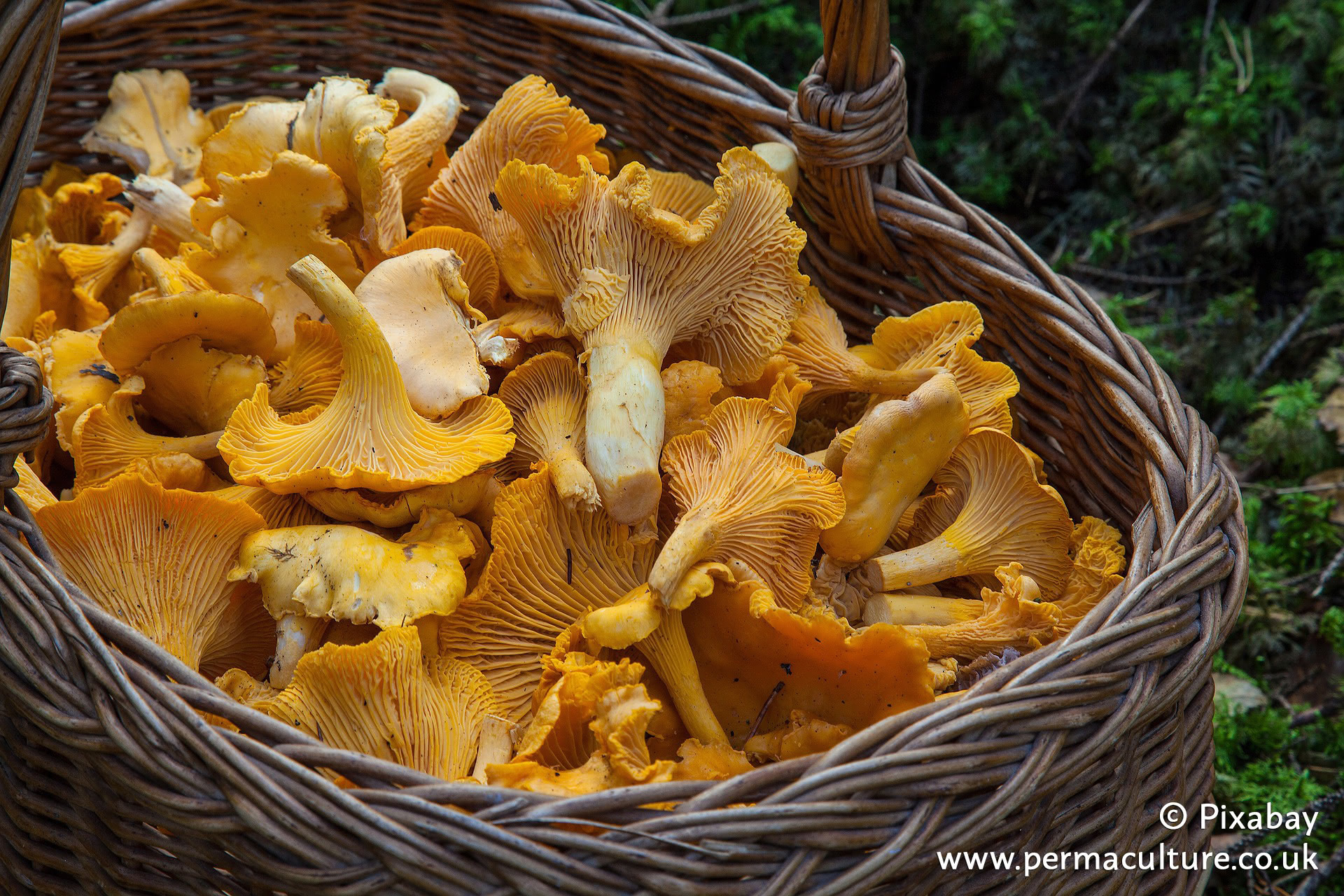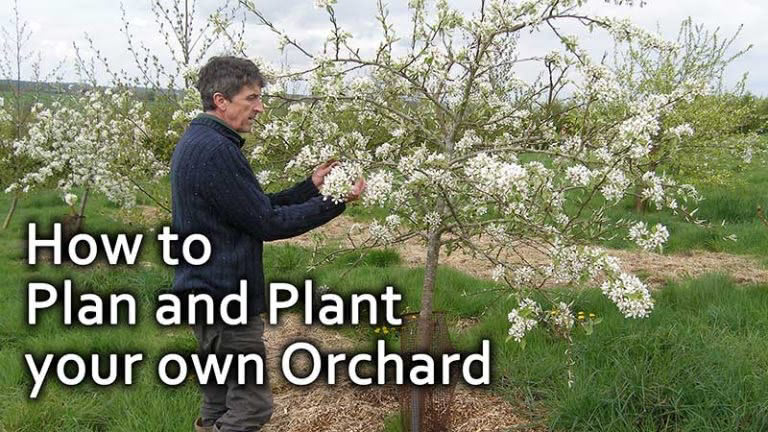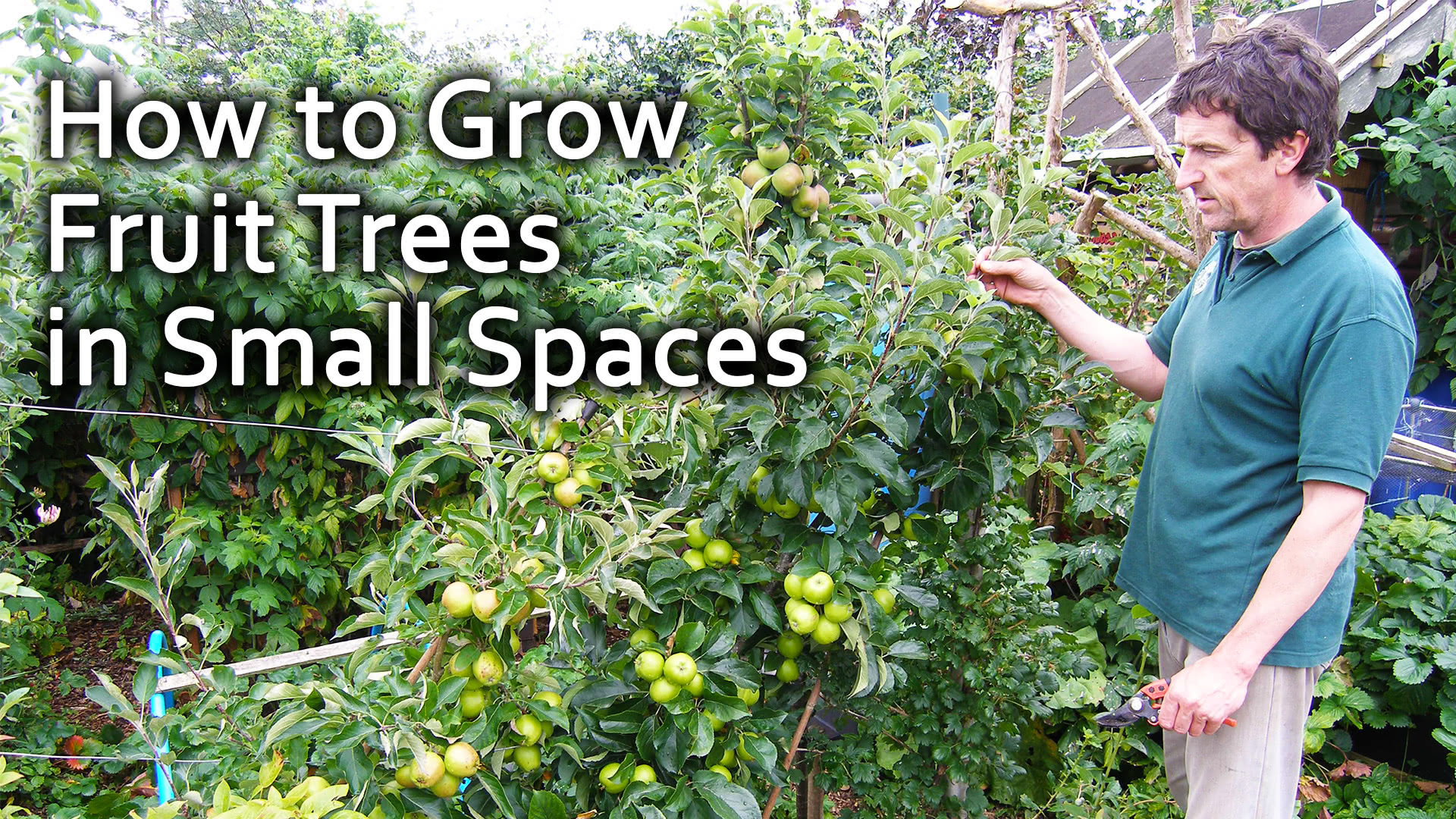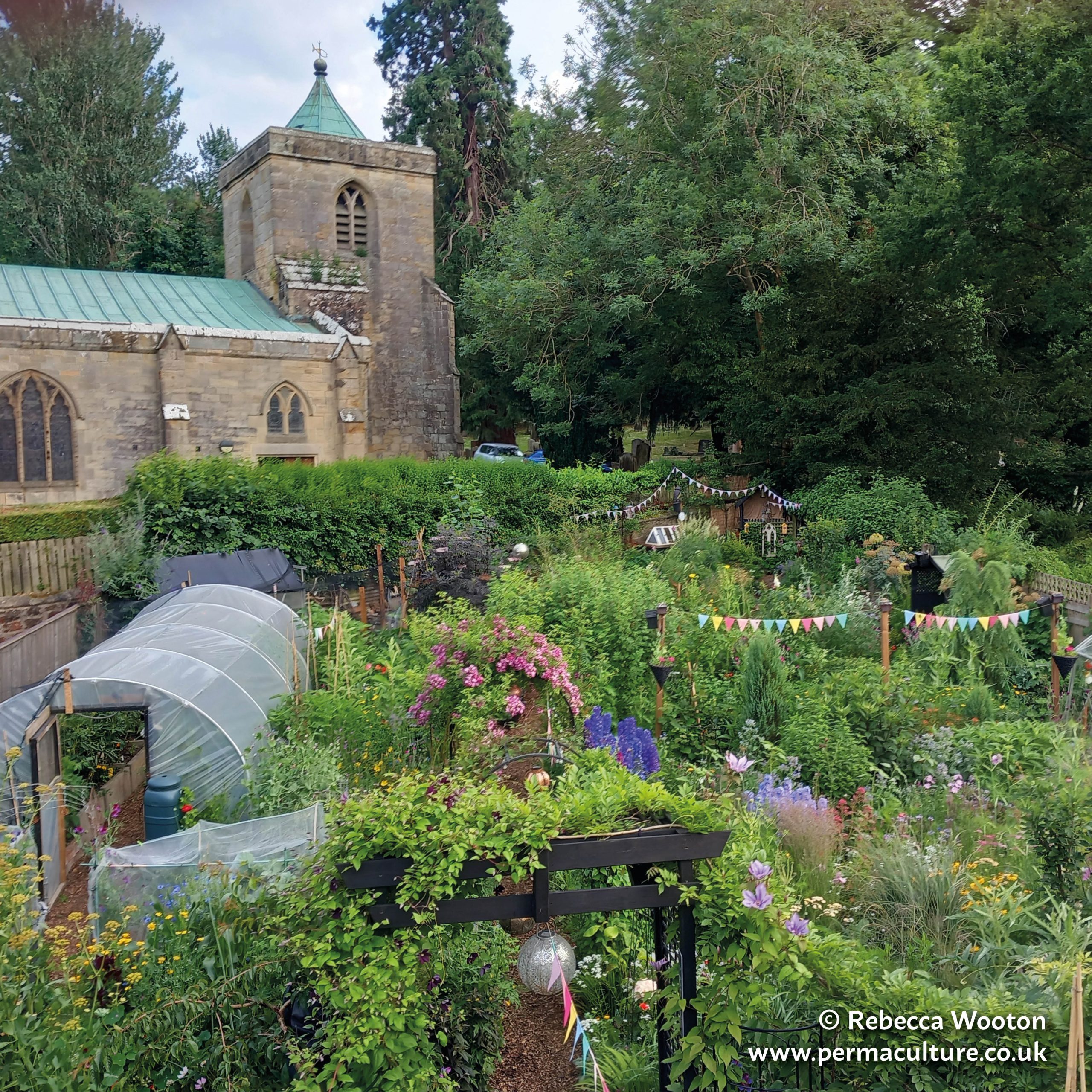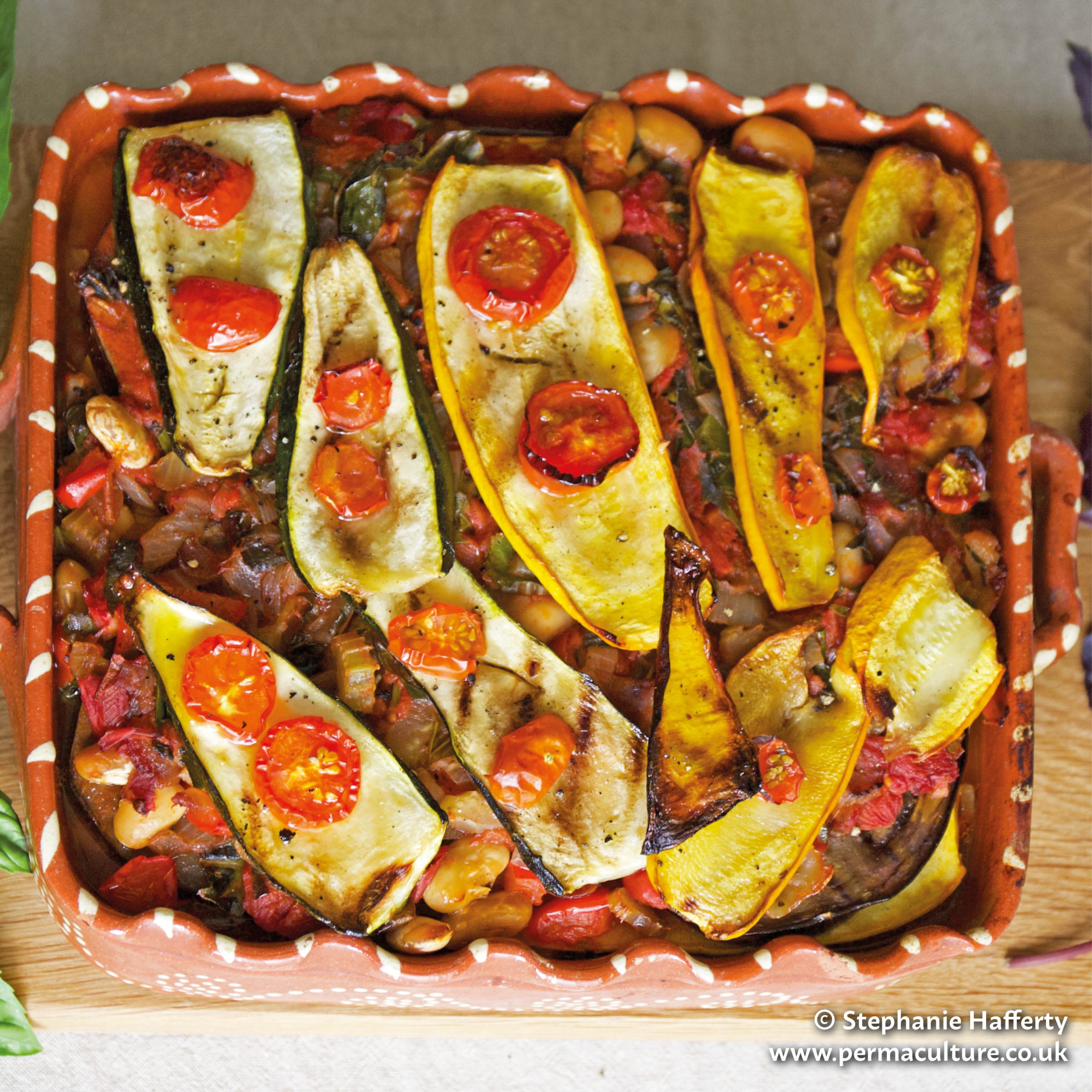This year, grow some native wild flower seeds and create a cottage garden – even in a pot. These plants once grew everywhere and by growing them you will help the bees and butterflies to thrive.
Many of these plants have now become rare in the wild so if you have plants to spare plant them out in any edge-place, their seeds will help to re-establish them in our countryside. There are no guarantees that these will take outside of their native habitats, but plants are adaptable and your success could save a dwindling species. Look up the kind of habitats they prefer in the wild and anything that can help you to grow them successfully. Once you have established them and have seed to share, then let people know what you have. Seeds are easy to put in the post!
The following plants are all native wild flowers that will look good growing in any garden or could be grown for re-introducing back into the wild. Many of them have medicinal uses. Use a good herbal guide to find out more about them.
Cornflower or Bluebottle (Centaurea cyanus) – a lovely garden plant that flowers June to August.
Corn Chamomile (Anthemis arvensis) – grows in fields and likes an open position. Flowers June to July.
Field Poppy (Papaver rhoeas) – grows in disturbed ground. Flowers May to August.
Common Forget-me-not (Myosotis arvensis) – an all time favourite that will grow anywhere. Flowers April to September.
Wild Candytuft (Iberis amara) – grows on dry hillsides and grasslands. Flowers July to August.
Wild Pansy or Heartsease (Viola tricolor) (sometimes a perennial) – prefers sandy soils. Flowers April to September.
Yellow Rattle (Rhinanthus minor) – grows in grasslands and waysides. Flowers May to August.
Agrimony (Agrimonia eupatoria) – found in hedgebanks and roadsides. Flowers June to August.
Betony (Stachys officinalis) – found in woods and hedgerows. Flowers June to September.
Bistort or Easter-ledges – (Polygonum bistoria) – grows along roadsides and in meadows. Previously eaten at Easter with hard boiled eggs. Flowers May to August.
Cowslip (Primula veris) – found in meadows and hedgebanks. Flowers April to May.
Common Mallow (Malva sylvestris) – found in wasteplaces and hedgerows. Flowers June to September.
Marsh Mallow (Althaea officinalis) – found in salt marshes and ditches near the sea, but will grow outside of these conditions. Flowers July to September.
Columbine (Aquilegia vulgaris) – found in woods and damp places but now rare in the wild. Flowers May to June.
Field Scabious or Gypsy Rose (Knautia arvensis) – found growing in dry grasslands and roadsides. Flowers June to September.
Harebell or Scottish Bluebell (Campanula rotundifolia) – found growing in dry grassy places, hedgebanks and roadsides. Flowers July to September.
Jacobs Ladder (Polemonium caeruleum) – flowers May to June.Maiden Pink (Dianthus deltoides) – flowers June to September.
Meadow Cranesbill (Geranium pratense) – found along roadsides and in hedgebanks. Flowers May to September.
Meadowsweet (Filipendula ulmaria) – found in wet meadows, marshes and along riversides. Flowers June to August.
Nettle-leaved Bellflower or Throatwort (Campanula trachelium) – Flowers June to September.
Ox Eye Daisy, Dog Daisy or Marguerite (Leucanthemum vulgare) – found growing in grasslands and along roadsides. Flowers May to August.
Primrose (Primula vulgaris) – found in woods and on hedgebanks. Flowers March to May.
Purple Loosestrife (Lythrum salicaria) – found growing along damp watersides. Flowers June to August.
Salad Burnet (Sanguisorba minor) – found in grasslands and meadows. Flowers May to August.
Self Heal (Prunella vulgaris) – found growing in grass, along roadsides and in woodland clearings. Flowers June to September.
Sneezewort (Achillea ptarmica) – found in damp meadows and roadsides. Flowers July to August.
Stonecrop. English (Sedum anglicum) – found on rocks, in walls, shingle, dunes and dry grassland. Flowers June to July.
St Johns Wort (Hypericum perforatum) – found in hedgerows, woodlands and along grassy banks. Flowers June to September.
Sweet Violet (Viola odorata) – found along wood edges and in hedgebanks. Flowers February to April.
Sweet Woodruff (Galium odoratum) – found in woods and shady edges. Pretty banks of flowers from April to June.
Toadflax (Linaria vulgaris) – found in wasteplaces, roadsides, hedgerows and grasslands and also grown in gardens. Flowers June to September.
These take two years to come to maturity and don’t flower in the first year. Once established though, there are plants flowering every year.
Foxglove (Digitalis purpurea) – found in woods, hedgerows and open places. Flowers June to September.
Mullein or Aaron’s Rod (Verbascum thapsus) – Also known as Aaron’s Rod – found on sunny banks and waste places. Flowers June to August.
Viper’s Bugloss (Echium vulgare) – found on dry soils, grassy places, sea cliffs and dunes, waste places. Flowers June to September.
Weld (Reseda luteola) – found along roadsides, wasteland, fields and is an ancient bright yellow dye plant. Flowers June to August.
Glennie Kindred is the author of twelve books on Earth wisdom, native plants and trees and celebrating the Earth’s cycles, and is a highly respected teacher and much loved expert on natural lore and Earth traditions.
